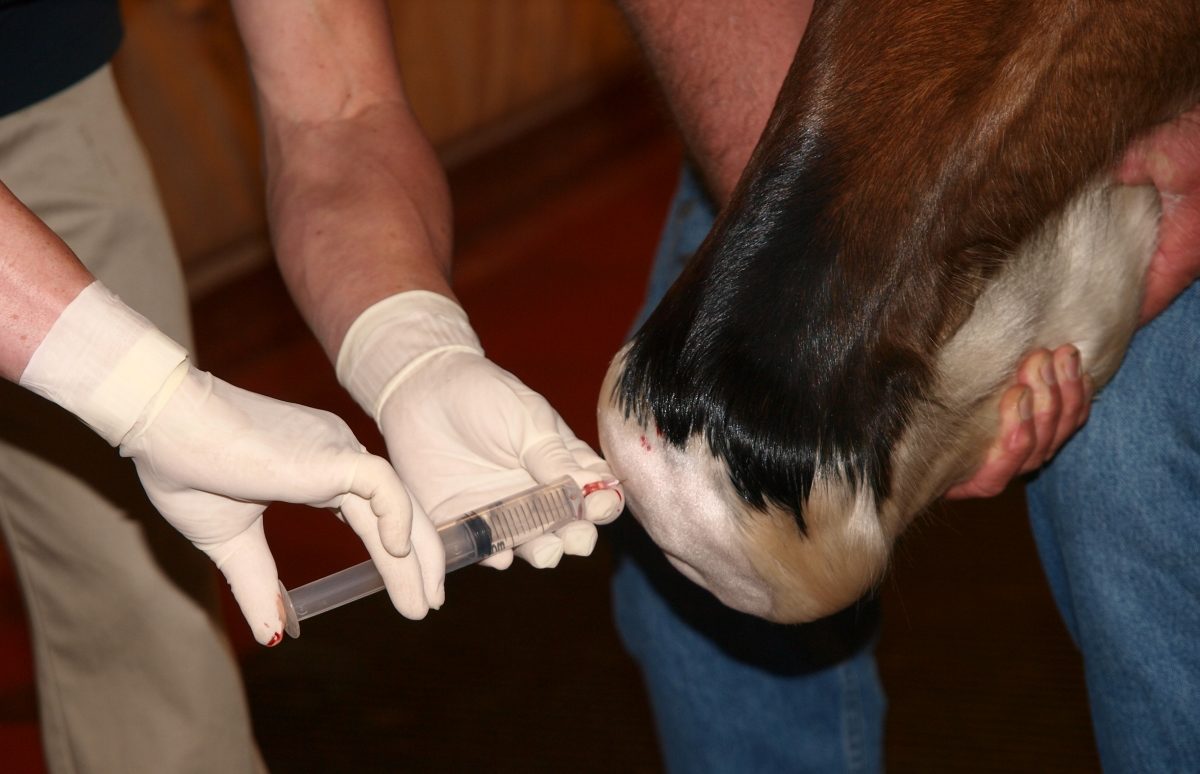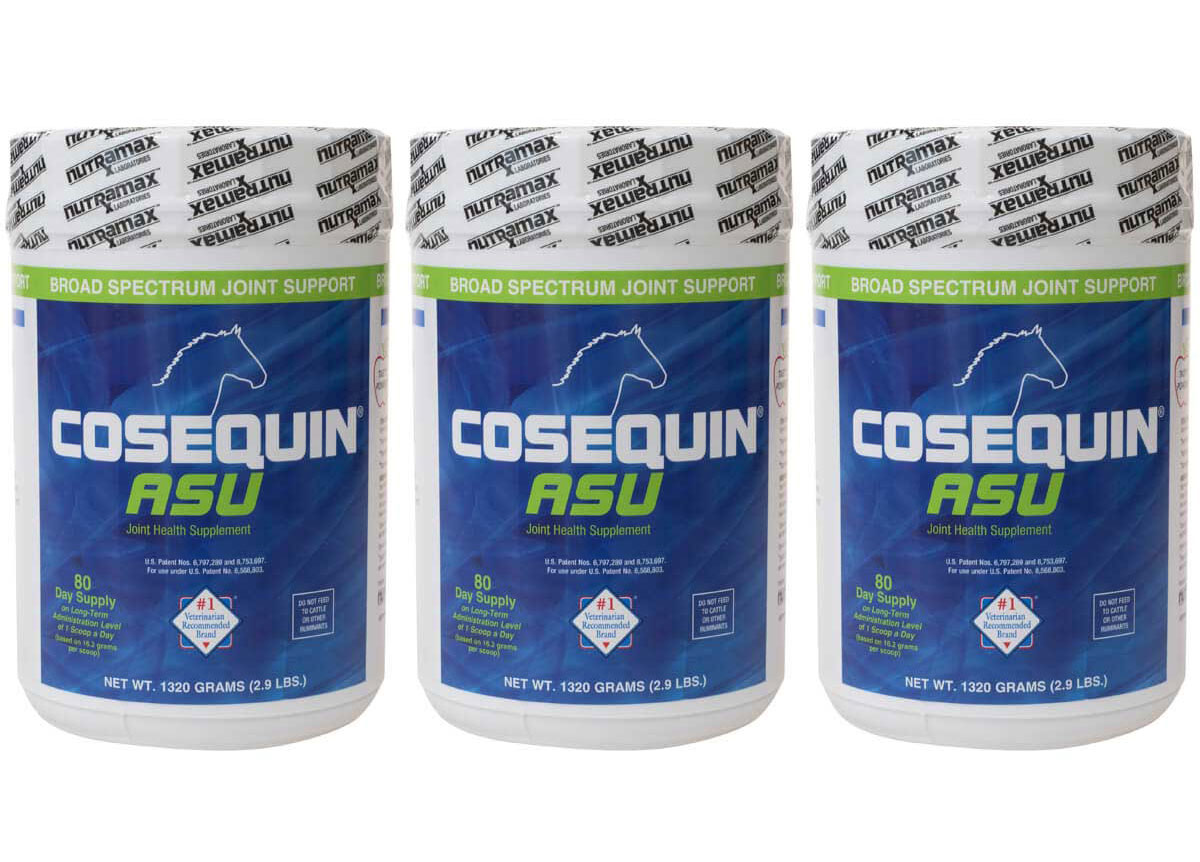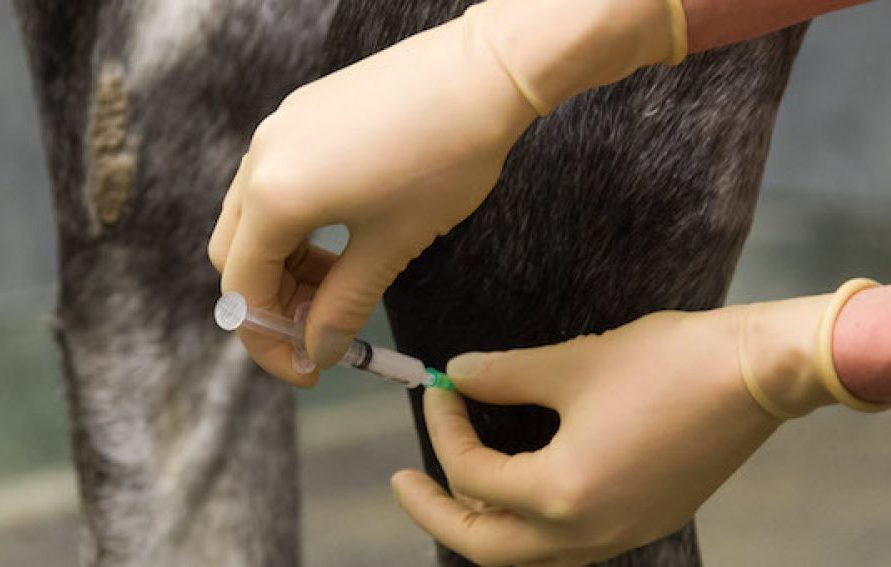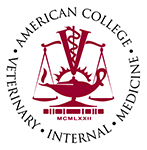HELPFUL ARTICLES
AN OVERVIEW OF JOINT MAINTENANCE
Dr. Brady Hellman, DVM
Most everyone in the equine world has heard of joint supplements and/or joint injections for horses. Some swear by this supplement or that, or maybe someone insists that your horse is moving in such a way that suggests they need hock/neck/coffin joint (etc) injections. What does it all mean? What is best for your horse? Below is a brief overview of some of the most common supplements as well as a short description of joint injections.
Oral joint supplements:

There are a plethora of oral joint supplements on the market. This includes any supplement given by mouth for the benefit of improving joint health and comfort in your horse. Most of these supplements contain MSM, Glucosamine, Chondroitin sulphate, Hyloronic acid, or some combination of these. Keep in mind that your horse is only able to utilize roughly 20% of any joint supplement given orally. Therefore, the amount of active ingredient in the supplement is of utmost importance. Here are some guidelines for levels (assuming a 1000lb horse) to look for in a joint supplement in order to be effective.
Chondroitin Sulphate forms the building blocks for cartilage and synovial fluid. It helps to slow the breakdown of joint cartilage. Look for supplements providing 1g/day.
Glucosamine is a natural component of cartilage. It helps to heal and regenerate joint cartilage. When picking a supplement, look for one that provides 10grams/day.
Hyloronic Acid is the main component of joint fluid. The joint fluid is what lubricates and cushions the joint. Given orally, aim for 100mg/day.
MSM (methylsulfonylmethane) provides joint mobility and flexibility. It also has anti-inflammatory properties. Aim for 10-20grams/day.
Injectable joint supplements:

The two most common injectable joint supplements are Adequan and Legend. You may have heard of others that claim to be the same as Adequan or Legend, or ones that work differently. Adequan and Legend are the only two tested in horses and manufactured for the purpose of improving joint health in the horse. A great deal of money has gone in to making sure these products are not only safe, but effective in the horse. Keep in mind that the horse will absorb and utilize 100% of the Adequan and Legend. That’s a pretty great bang for your buck!
Adequan is polysulfated glycosaminoglycan. This is an injectable medication of which glucosamine is the main component. It is given in the muscle. Adequan is aimed at improving the health of the cartilage within the joint. This is a great one for not only treating, but preventing damage to the cartilage in the joint. The current recommendation is to give 7 injections 4 days apart twice yearly.
Legend is an injectable form of Hyloronic Acid. Essentially, this is a joint lubricant. However, when given IV (orally) it works also works as a anti-inflammatory agent ans stimulates the production of hyloronic acid within the joints,. Legend is given IV. This is very beneficial to horses with arthritis as it decreases inflammation, and therefore, pain within the joints. Legend requires a loading dose. Most often, it is given once a week for 4 weeks and then monthly after that.
Joint Injections:
With joint injections, medication is deposited directly into a joint. Most commonly, a steroid is used to help decrease inflammation and pain associated with arthritic changes. In some cases, hyloronic acid is added as a lubricant.

Often times, a lameness work up and radiographs proceed joint injections. Injections are generally repeated every 6-18 months depending on the severity of the joint disease. While the risk is small, infection or a ‘flare’ can result from joint injections. A flare is the term used for an inflammatory response to the medications being deposited into the joint. There is rarely long term consequences to a flare, but it does cause discomfort in the short term and needs to be treated appropriately. An infection is very serious and requires prompt and aggressive treatment. If the infection is not immediately addressed and brought under control, there may be long term damage to the joint. Of course, all precautions are taken to avoid an infection- including surgical scrub of the injection sight, a sterile technique, and depositing a small volume of antibiotics into the joint at the time of injection.
It is always best to check with your vet prior to deciding what treatment is best for your horse and situation. Often times, a multifaceted approach is best to long term joint health. An evaluation of your horse in motion with a veterinarian is the first step in devising a plan. Every horse, owner, and budget varies, so the approach should be adjusted accordingly.




